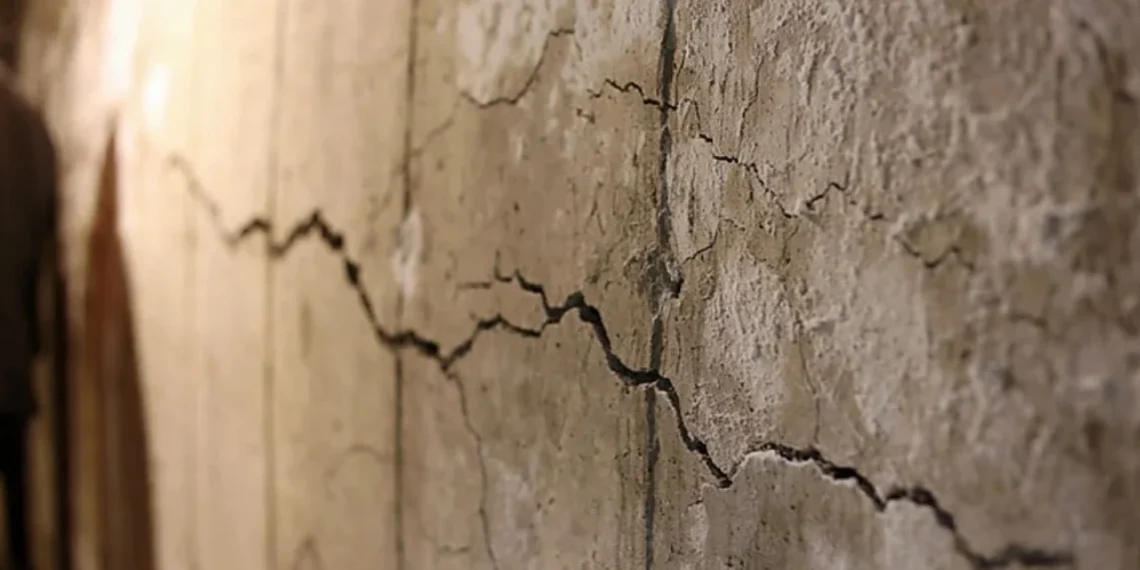Concrete foundations are the backbone of any building, providing stability and support for the entire structure above. However, over time, these foundations can deteriorate and crumble, leading to serious structural issues.
In this article, we will delve into the various factors that contribute to the crumbling of concrete foundations, as well as explore potential solutions to address and mitigate these issues.
Signs Your Concrete Foundation is Crumbling

One of the most obvious signs that your concrete foundation is crumbling is visible cracking. These cracks can appear in a variety of patterns, including horizontally, vertically, or in a stair-step pattern.
In addition to cracks, you may also notice sinking or uneven floors, doors, and windows that no longer close properly or moisture issues such as water pooling around the foundation. If you observe any of these red flags, it is crucial to address the problem promptly to prevent further damage and costly repairs down the line.
Common Causes of Concrete Foundation Crumbling
Several common causes can lead to the crumbling of concrete foundations, with one of the primary culprits being water damage. Water can seep into the foundation through cracks or gaps, causing it to weaken and crumble over time.
Additionally, poor construction practices, such as inadequate reinforcement or improper curing, can also contribute to foundation deterioration. Other factors like soil movement, tree roots, and chemical reactions can further exacerbate the issue.
Identifying and addressing these underlying causes is crucial in preventing further damage and ensuring the stability of the foundation.

Solutions to Repair Crumbling Concrete Foundations
There are several solutions available to repair crumbling concrete foundations, depending on the extent of the damage and the underlying causes. One common method is to use epoxy injections to fill cracks and reinforce the foundation.
This involves injecting a structural epoxy resin into the cracks to create a strong bond and prevent further deterioration. Another option is to conduct a process called underpinning, which involves excavating and reinforcing the foundation with additional materials such as steel or concrete piles. This can help stabilize the foundation and prevent further settlement or shifting.
In more severe cases, complete foundation replacement may be necessary to ensure the structural integrity of the building. It is important to consult with a professional foundation repair specialist to determine the best course of action for your specific situation.
Conclusion

In conclusion, there are several causes of concrete foundation deterioration, including poor construction practices, water damage, and soil movement.
However, by addressing these issues early on and implementing proper maintenance strategies, such as regular inspections and basement leak repair, homeowners can prolong the life of their concrete foundations. With proper attention and care, it is possible to prevent the costly and disruptive consequences of crumbling foundations and ensure the stability and longevity of a building’s structural integrity.
By taking proactive steps, property owners can protect their investments and maintain the safety and value of their homes for years to come.








